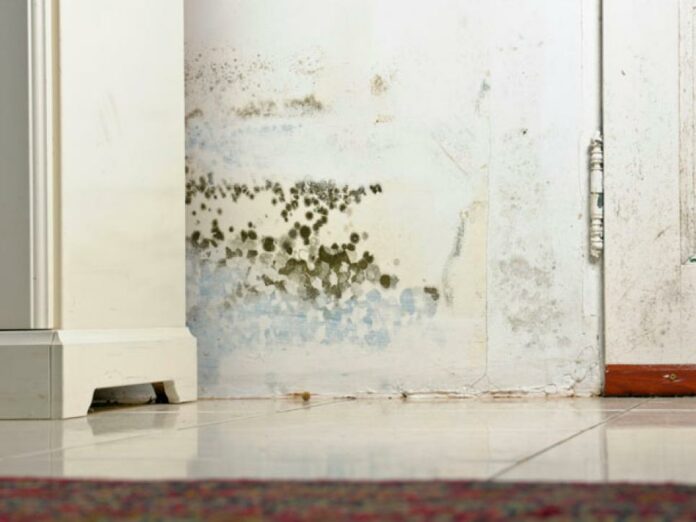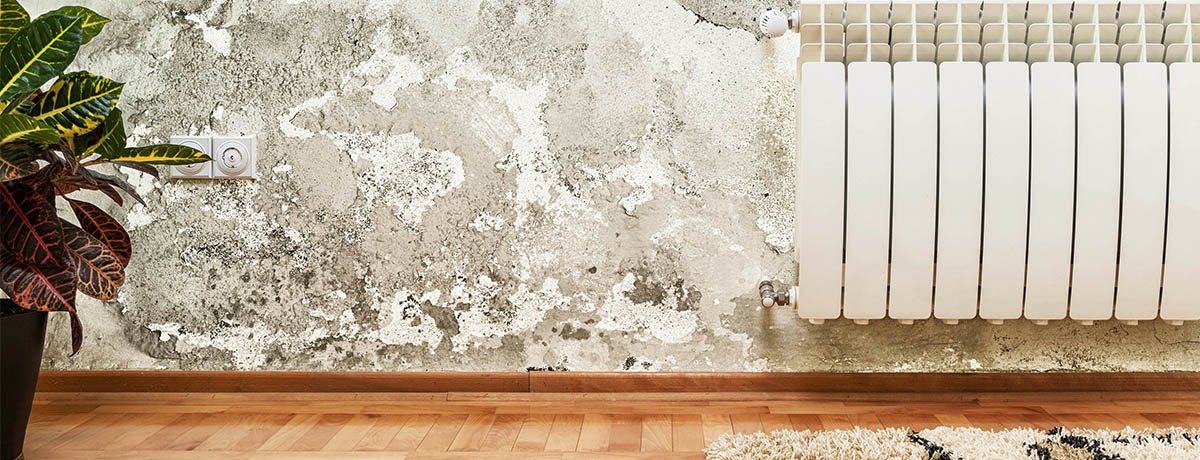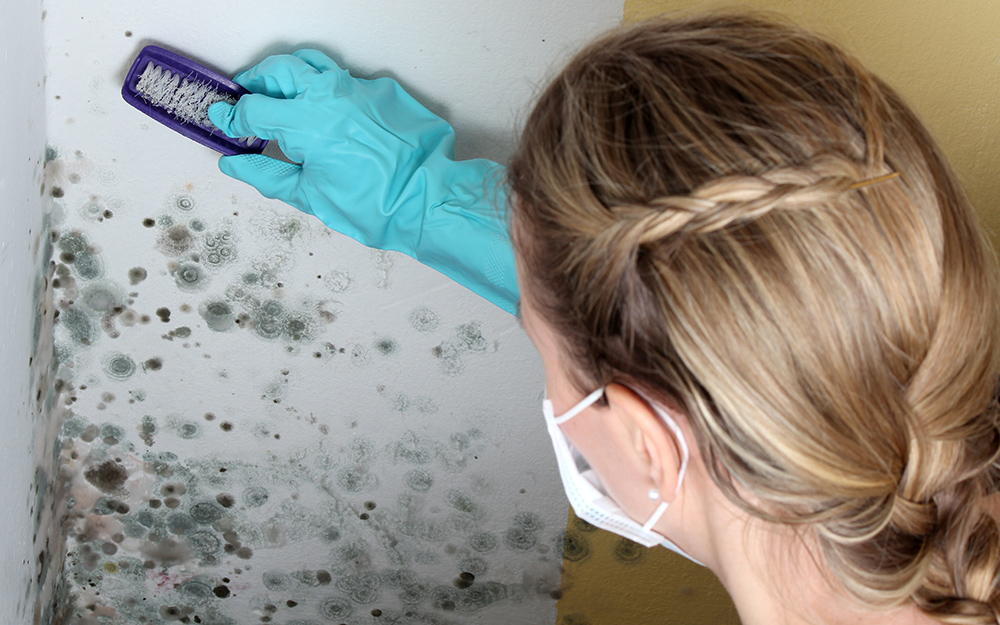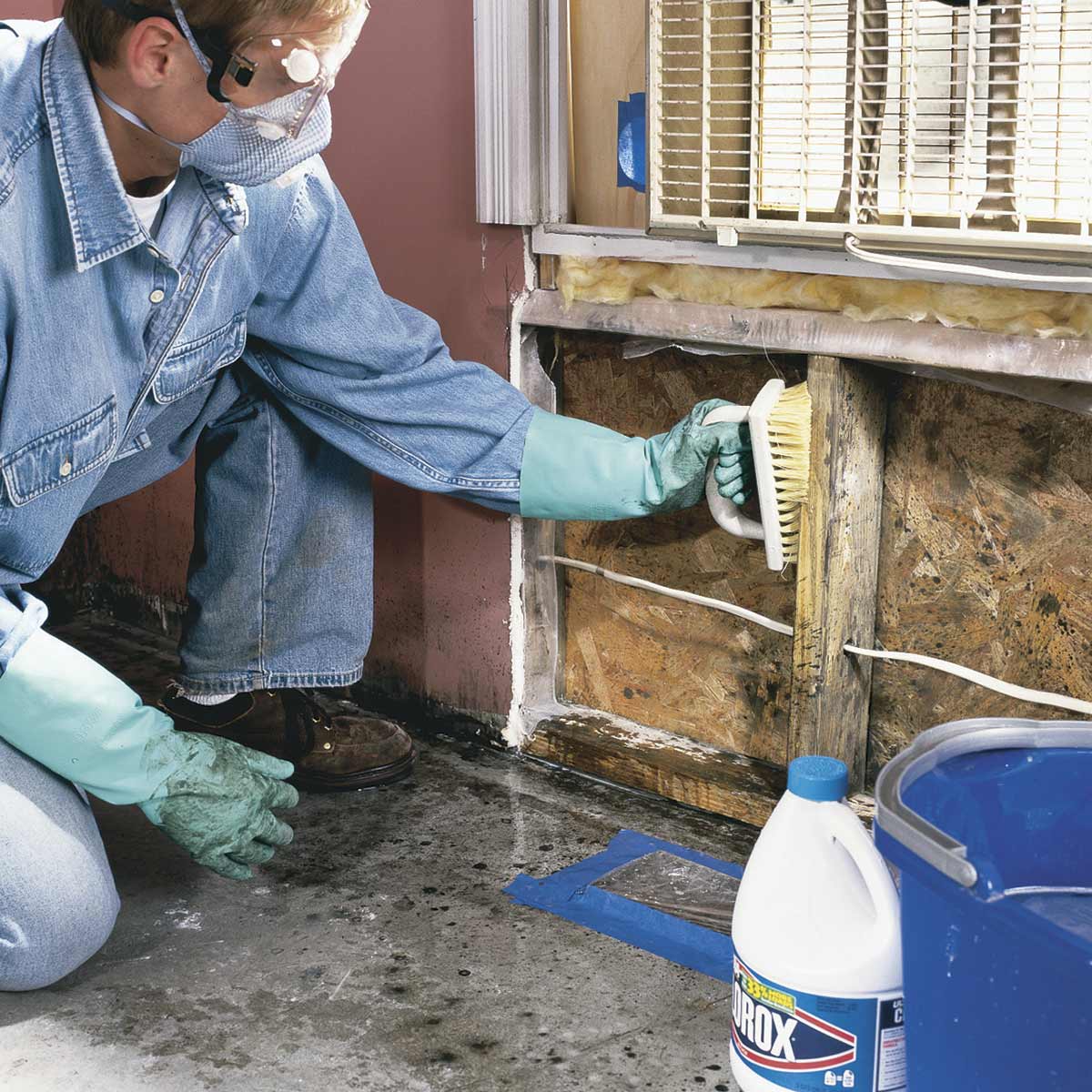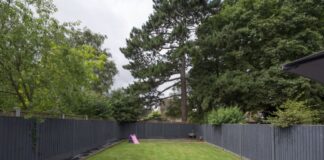Does your home have a high moisture level? Do you detect a musty odor anywhere in your home? Is any part of your home covered in slimy green or black stuff? If the answer is yes, then you probably have a mold problem in your home. Mold is a type of fungi that plays an important role in the nature by breaking down organic matter like fallen leaves or dead trees. However, indoors, mold can spoil vegetation, damage non-porous materials like glass, etc. and porous materials like wood, drywall, etc. Indoor mold, especially black mold growth is dangerous for both humans and animals and should be avoided.
Molds reproduce through tiny spores that are invisible to the naked eye and float through the air. When these mold spores land on wet indoor surfaces, mold starts to grow. There are many types of mold, mostly harmless. However, some types of mold like toxic black mold can cause health problems in humans as well as animals.
Where Does Mold Grow
Mold needs water and moisture to grow. Even excess humidity in the home can condense and cause mold. In fact, areas of the home that are tightly insulated often experience more mold growth. If a surface is wet for more than 48 hours, mold can grow there. An example of simple mold growth is the mold that develops in the grout between ceramic tiles. Other place where mold growth is witnessed includes attics, crawl spaces, wall interiors, basements, and kitchens. Similarly, the area around chimneys, furnaces, ducts, under sinks, near foundation air vents, and under window unit air conditioners also experience mold growth. Keeping your home dry and repairing any leaks can help you avoid mold problems. But, if you spot mold growth in any part of your home, it is better to get rid of it immediately through mold remediation.
How to Get Rid of Mold
Getting rid of mold is not quite as difficult as it sounds. A homeowner can easily handle the mold remediation process for a small affected area. The Environmental Protection Agency (EPA) notes that any moldy areas less than 10 square feet (about 3 feet by 3 feet) can be remediated by the homeowner. However, if the problem of mold is bigger than that, it is better to let a professional mold removal specialist handle the matter. The process for successful mold removal from any surface involves the following steps:
Set Up Containment and Ventilation
This is the first and most important step. Any mold spores that are disturbed during removal become airborne and can spread to uninfected areas. Set up containment unit and use proper ventilation and air filtration devices (AFDs) such as air scrubbers to prevent spreading of mold.
Clean and Disinfect Affected Area
The next step is to actually remediate and remove mold. It is important to completely remove any mold and dispose infected materials. After the cleaning and disposal, disinfect the area with disinfectants followed by application of fungicide or biocide solutions.
Fix the Source of Mold
Simply cleaning and disinfecting the affected area is not enough. Mold can always come back if your home is damp or has moisture problem. It’s important to fix the main source of moisture that causes dampness and humidity in your home. For example, a loose bathroom fan duct running into the attic may cause humidity. For small problems the mold remediation company may do the repairs themselves. But for bigger problems, you may have to hire a specialized contractor to deal with the issue.
While most molds are not toxic, some black mold can be hazardous to health. Licensed mold remediation companies, like Mold Busters Hamilton, with experienced mold professionals can certainly help when the mold is widespread or is in a public institution or commercial buildings.

